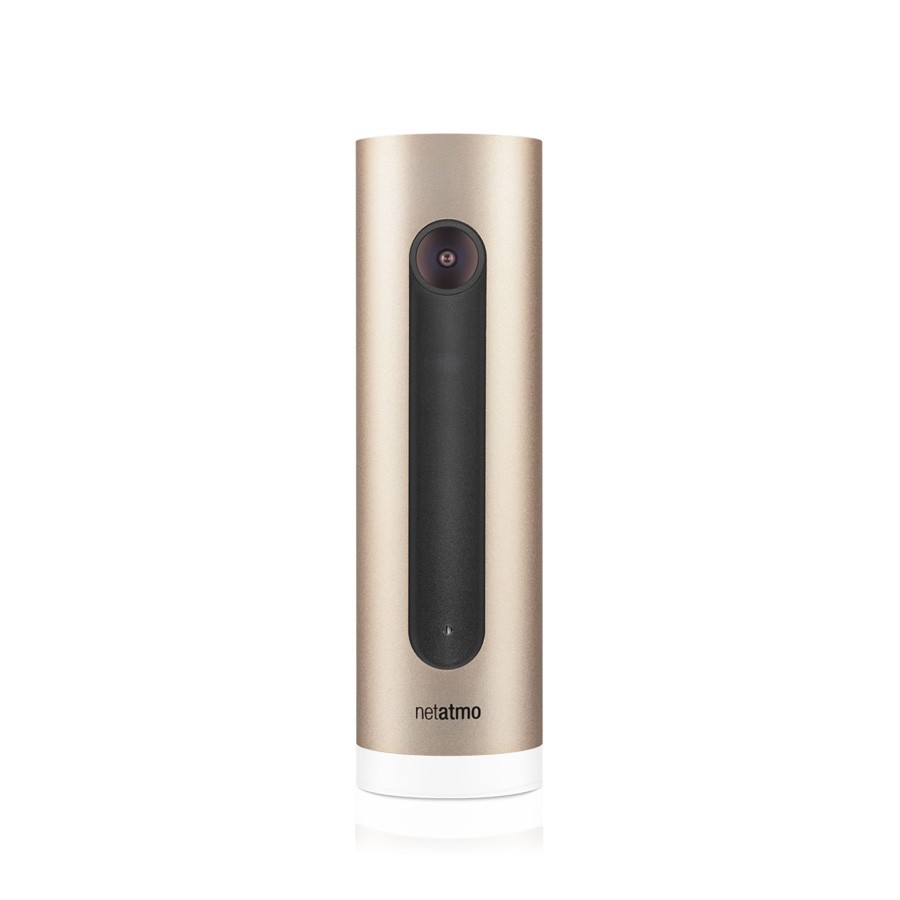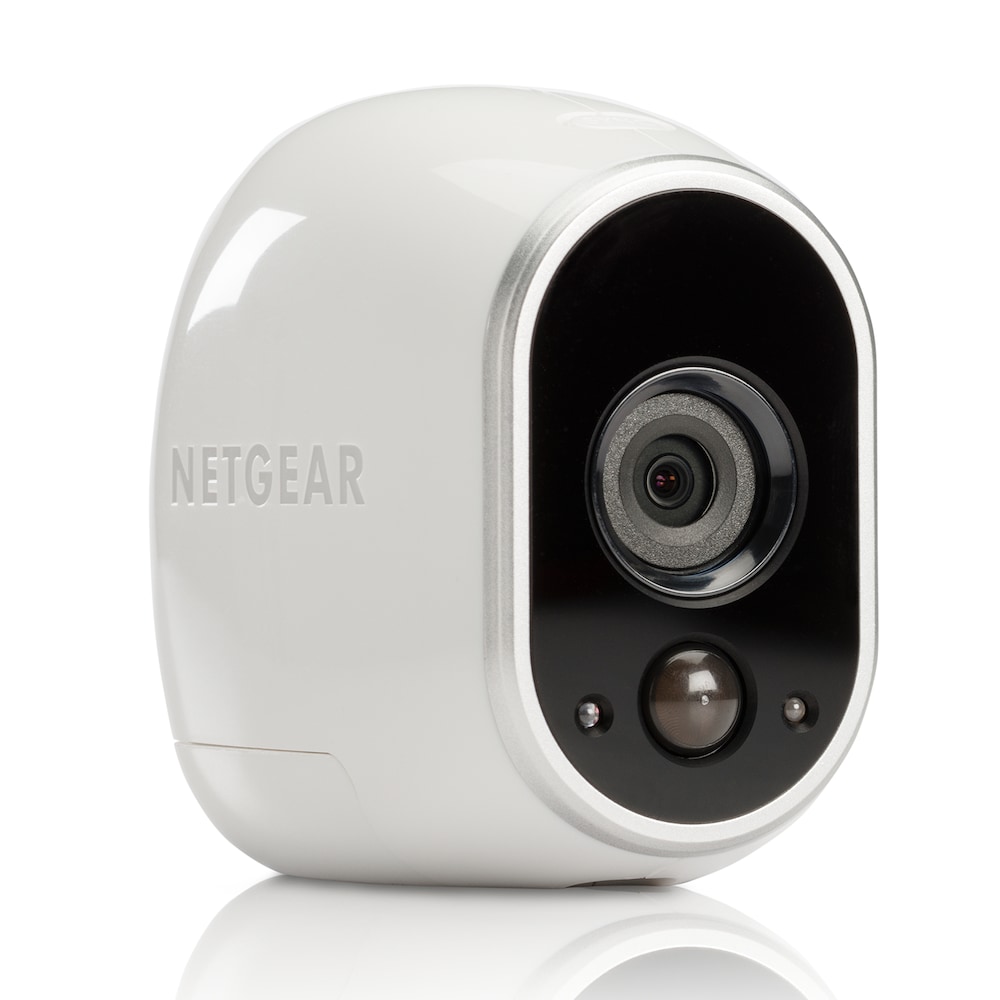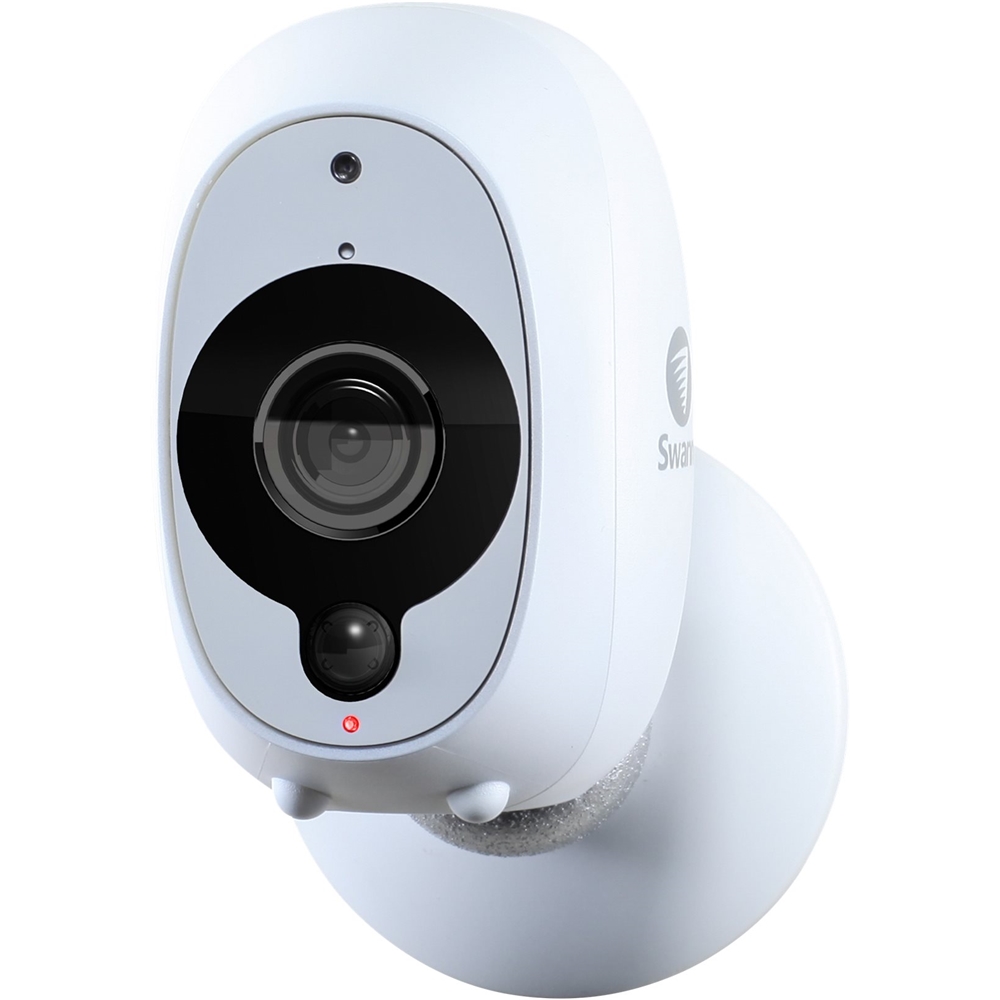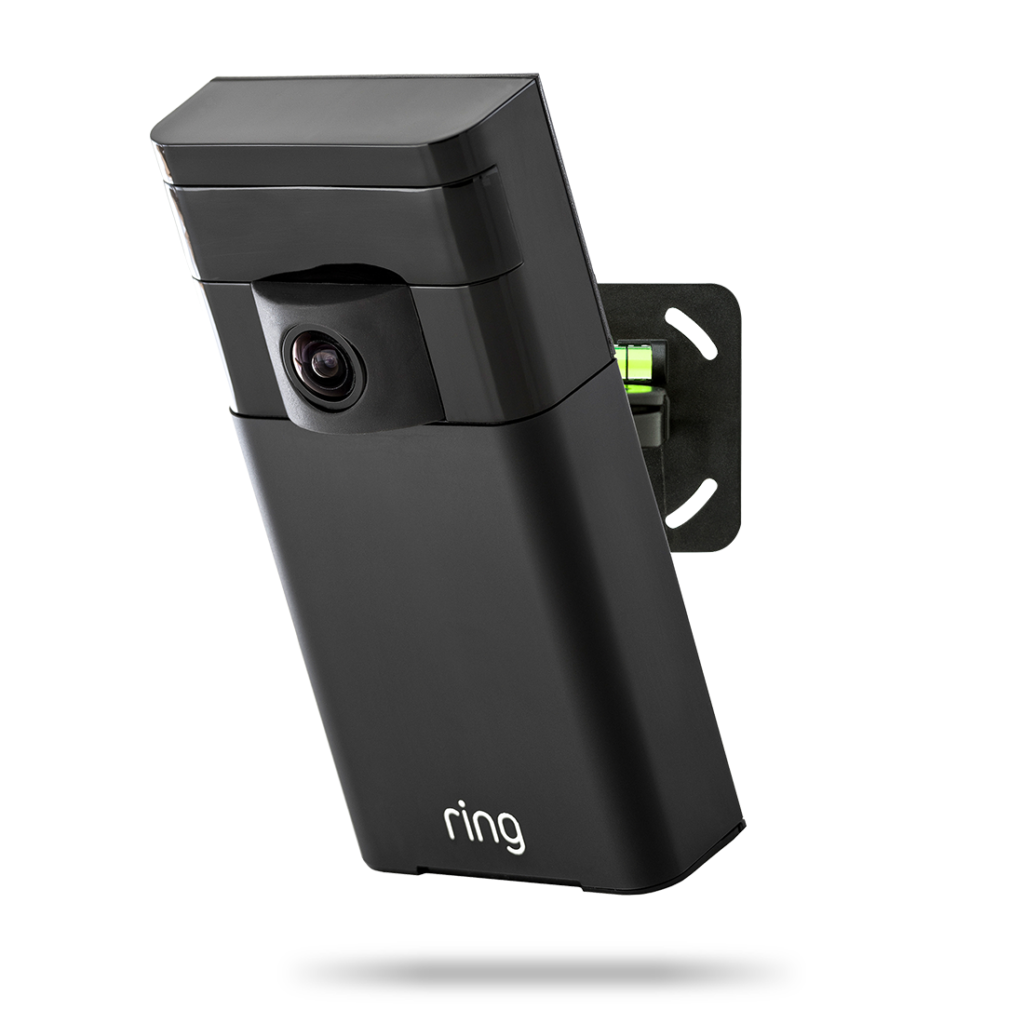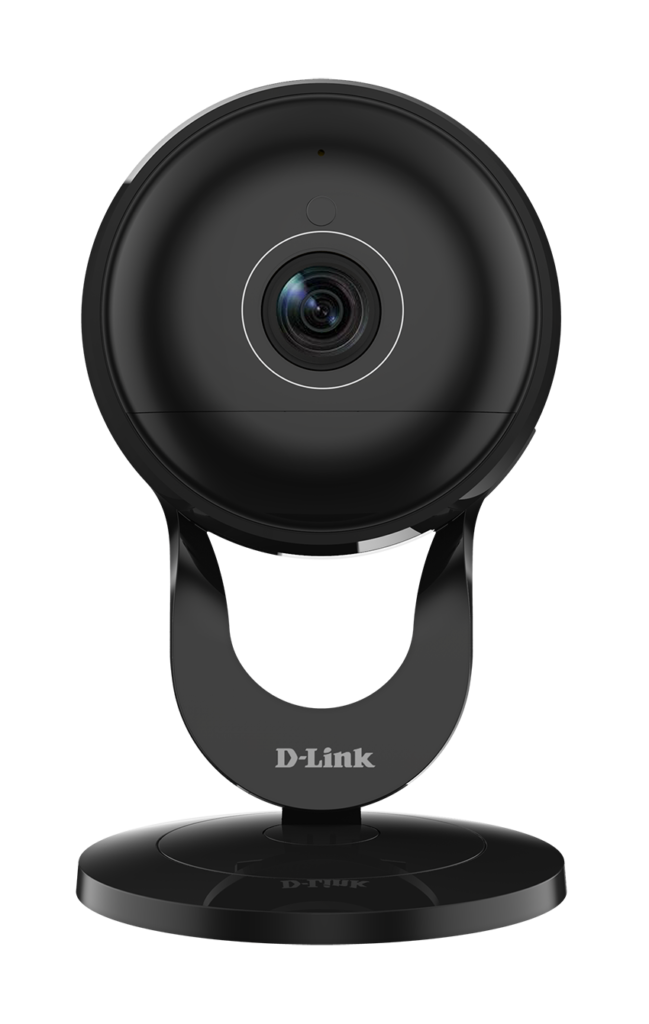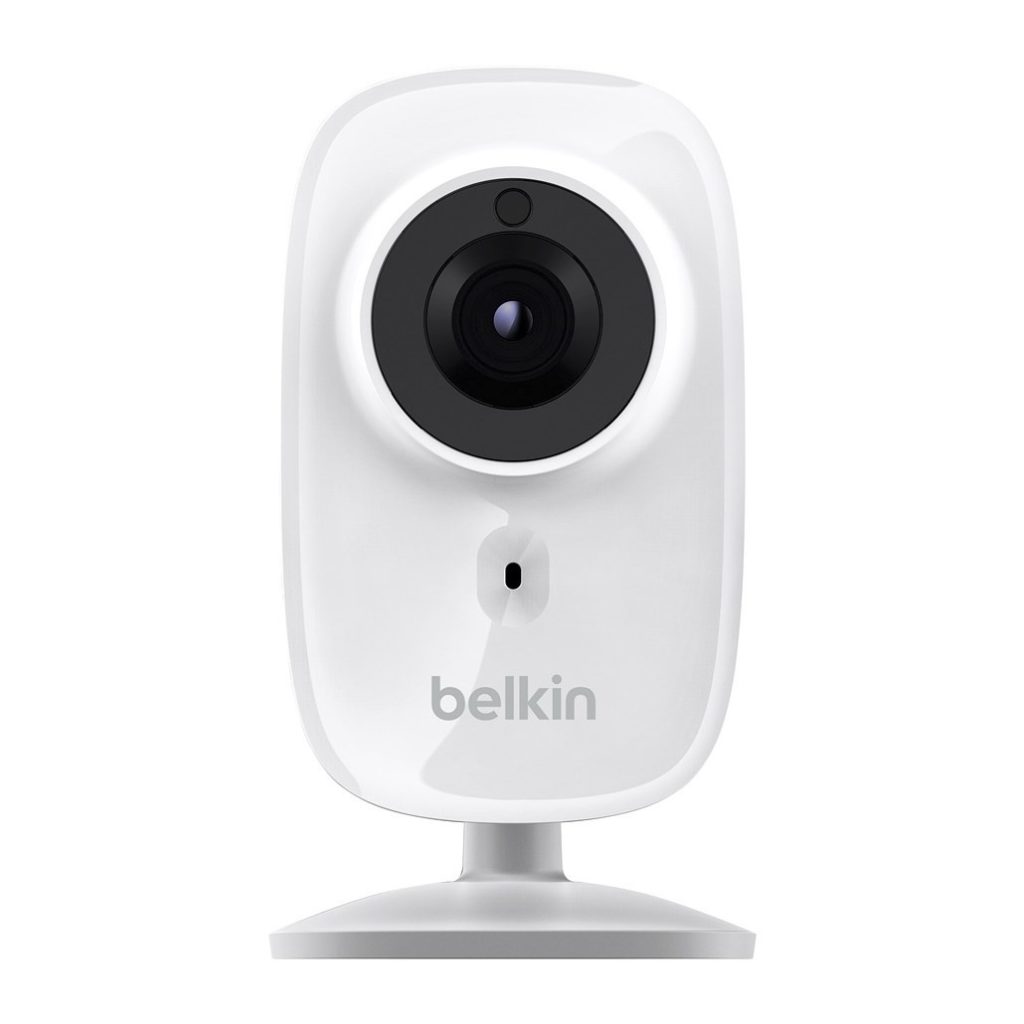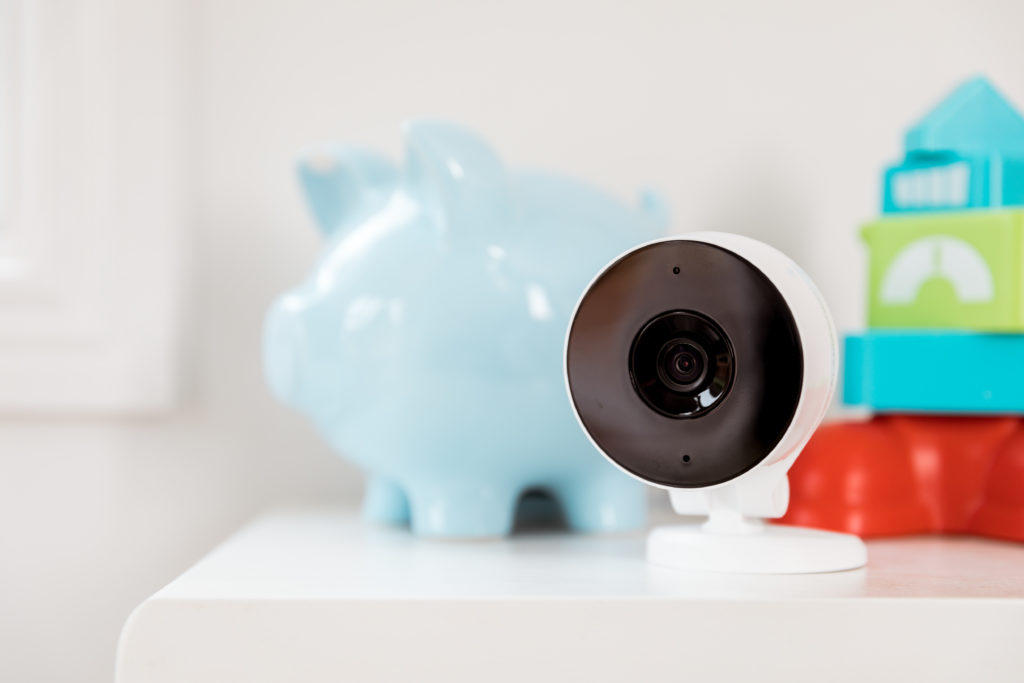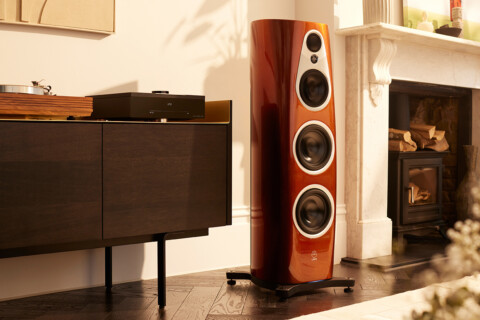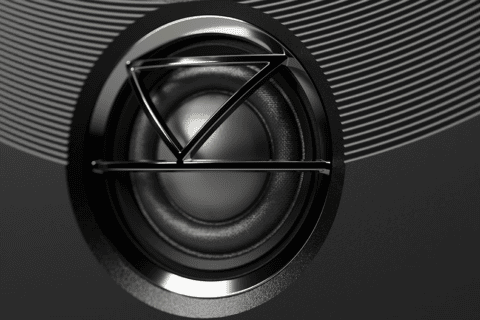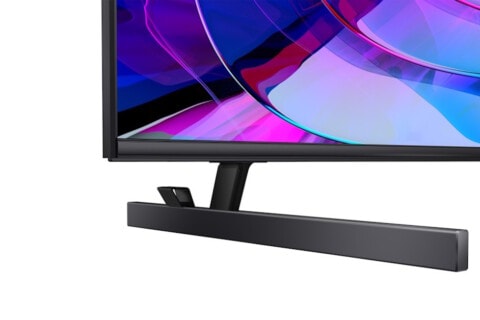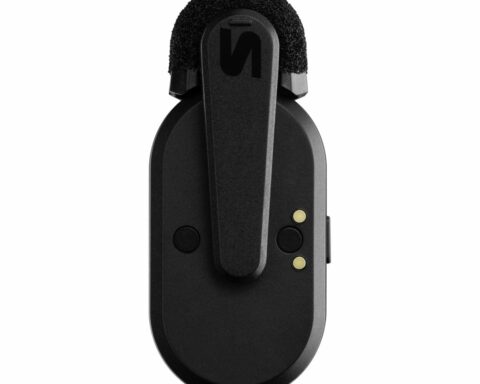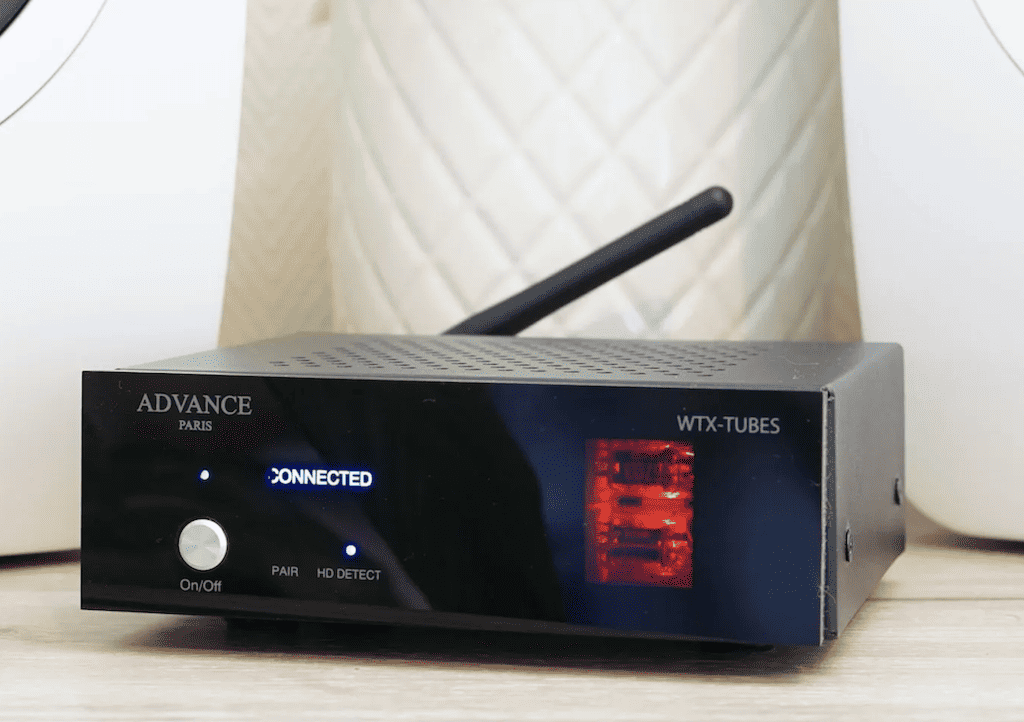Who got burgled over Christmas/New Year? Here’s PAT PILCHER’s roundup of new-gen home security cameras. Every home needs one.
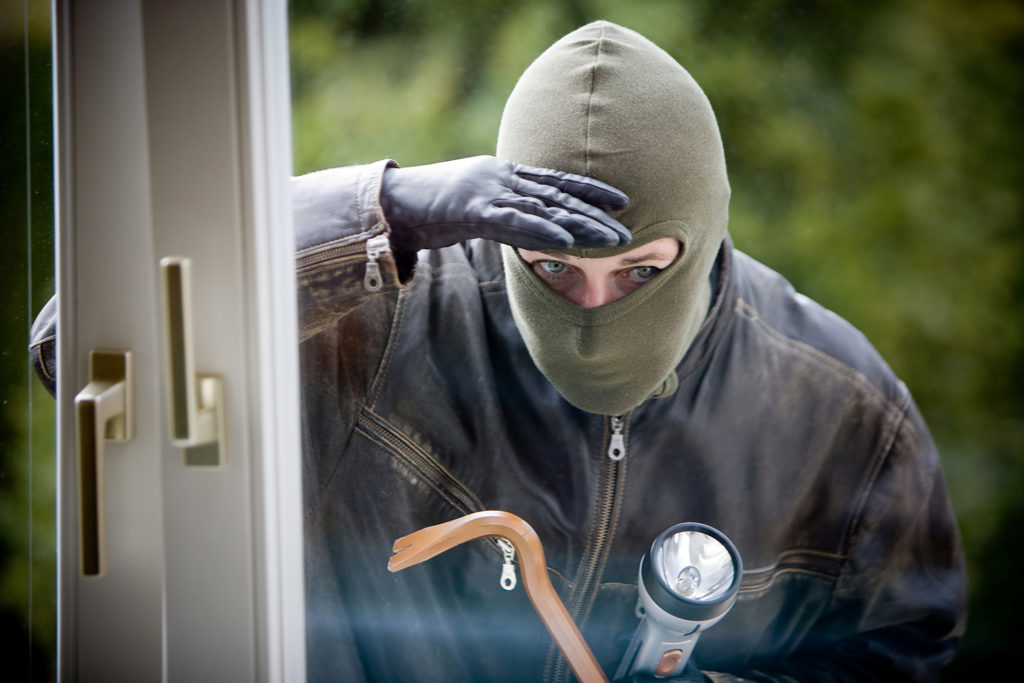 The festive season: it’s when we eat good food, drink nice wine and catch up with fandamily. It’s also when some asshole decided to burgle my in-laws’ house. My in-laws live in a nice suburb where neighbours all know and look out for each other, yet as they travelled to spend Christmas with us, news reached them that they’d been robbed.
The festive season: it’s when we eat good food, drink nice wine and catch up with fandamily. It’s also when some asshole decided to burgle my in-laws’ house. My in-laws live in a nice suburb where neighbours all know and look out for each other, yet as they travelled to spend Christmas with us, news reached them that they’d been robbed.
The Police say it was a professional job. Instead of breaking a window and making a mess, the burglars carefully removed window glass to gain entry. They also targeted valuable, easy to sell items such as the TV and jewellery.
No fingerprints were found and a rainy Christmas Eve night meant neighbours were focussed on indoor happenings, which meant no-one saw anything. The most annoying thing about this is that despite taking all the usual precautions (deadbolts, Neighbourhood Watch and so on), the odds of these scumbags being caught are very slim indeed.
As terrible as this was for my in-laws, the reality is that burglaries are a commonplace occurrence in New Zealand. Last year there were a whopping 60,000 burglaries reported. The NZ Herald stated that the number of burglaries where the burglar was eventually caught was a mere 8.2 percent from January 1 to June 30, 2017.
 But here’s the thing: you can still improve the odds of burglars being caught. Best of all, it isn’t terribly expensive, nor is it difficult to do.
But here’s the thing: you can still improve the odds of burglars being caught. Best of all, it isn’t terribly expensive, nor is it difficult to do.
So what’s the magical answer? Simply put, install cameras. Outdoor and indoor cameras are not only increasingly affordable, they’re also very capable, and they’re one of the best ways there is of helping police identify and apprehend burglars.
So what should you look for when buying security cameras?
INDOOR/OUTDOOR: Work out what sort of cameras you are after. Broadly speaking, you’ll be looking for a combination of indoor and outdoor cameras. While indoor cameras are not weatherproof, their outdoor counterparts are usually rated IP58 or better, which means they’re “dust resistant” and can take a dunking in up to 1.5 meters of water for 30 minutes.
MOTION DETECTION: Regardless of which sort of cameras you need, look for those with motion detection capabilities. This means they’ll alert you when they detect changes within their field of view. Not all motion detection is equal though. It can be set off by something as innocuous as a tree moving as seen through a window. Some cameras allow you to set specific parts of their field of view to be checked for motion. Others use infra-red sensors to track people or animals and more accurately trigger a motion alert. The difference can be a bazillion false alerts or just the one that really counts. Motion detection can also be used to trigger video recordings so you don’t end up with hour upon hours of useless footage to sift through.
FIELD OF VIEW: This refers to how wide an angle the camera can see. It might sound trivial, but it can play a huge role in how many cameras you’ll need to install, not to mention their placement. Using a camera such as D-Link’s DCS-2630L (which has a 180 degree field of view) means you can cover an entire room with just the one camera.
SOUND: It isn’t just what can be seen either. Some cameras can pick up audio using a built-in microphone, and some can also play back sound using an in-built speaker. This means they can do double duty as intercoms but more crucially, alert you to loud sounds (like glass breaking) or start recording once a loud sound is detected.
RESOLUTION: Assuming the worst happens and you get burgled. You’ll want a good clear mugshot of the perp, and this is where the camera’s resolution comes into play. The higher the resolution, the more detail can be captured. This is crucial when trying to identify faces, items and any other identifying information that your camera may have recorded.
CONNECTIVITY: Another major consideration when installing cameras is how to ensure they can go online to work their magic. Some cameras require a cabled connection while others come with Wi-Fi which means they can communicate with your home network wirelessly. Going sans wires gives you a whole lot more flexibility when it comes to installation. Wi-Fi cameras are also less likely to be taken out of commission, as there are no wires to be cut.
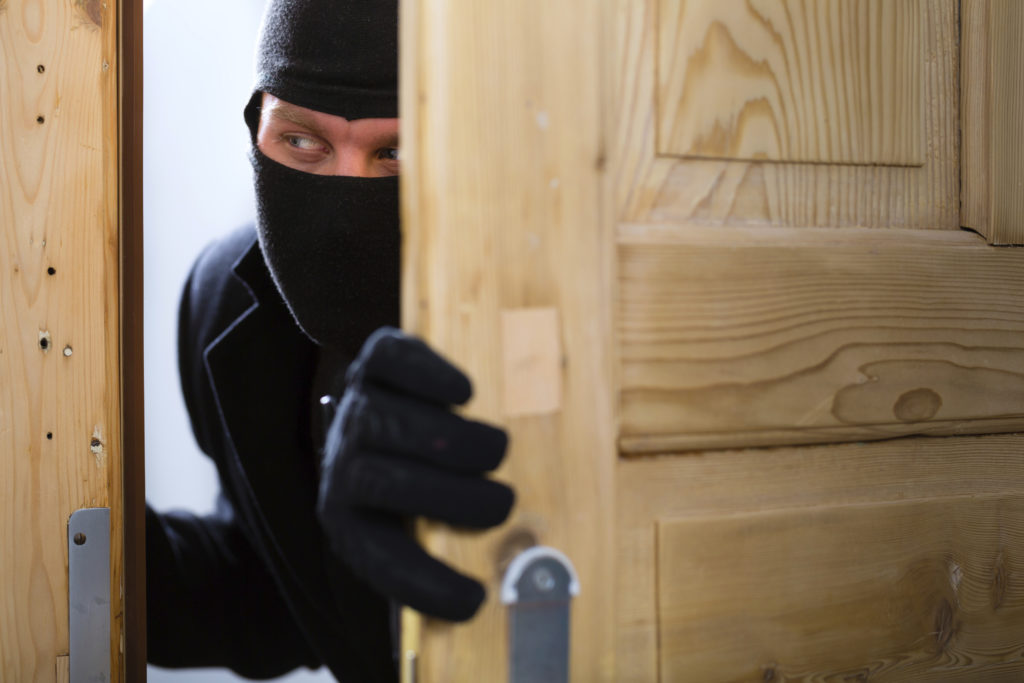 POWER: Just as important as wired/wireless connections is power. Even if you have a wireless camera, it may still need wired electricity to work. Having to wire in a power supply and its cabling can be as limiting as using a wired camera. Thankfully, players such as Netgear, Swann and Ring have developed wireless cameras that use rechargeable batteries and in some cases solar trickle chargers. This makes for far more flexibility when it comes to installation.
POWER: Just as important as wired/wireless connections is power. Even if you have a wireless camera, it may still need wired electricity to work. Having to wire in a power supply and its cabling can be as limiting as using a wired camera. Thankfully, players such as Netgear, Swann and Ring have developed wireless cameras that use rechargeable batteries and in some cases solar trickle chargers. This makes for far more flexibility when it comes to installation.
NIGHT VISION: Another oft-quoted spec is the distance with which cameras can record images in low-light or night time situations. Most cameras will use infra-red LEDs to invisibly illuminate an area for night vision. Given a lot of crime happens under cover of darkness, this spec can play a big role in the overall effectiveness of a camera. Look for how far the camera can see in night vision mode.
STORAGE: Most cameras record onto internal memory which usually takes the form of a Micro SD card. While this is perfectly adequate, it’s next to useless if the burglars decide to steal the camera. Because of this, the gold standard for storing camera footage is cloud recording. This is where recorded video is sent over the internet to a remote server for secure storage, and it means that even if the camera is stolen or put out of commission, footage captured will still be viewable, so there’s a good chance of catching the burglar. Cloud storage typically costs more money gets you more storage and more days before recordings get deleted.
PLACEMENT: Last but by no means least, have a think about camera placement before you buy. You may find that just 2-3 cameras will give you solid outdoor coverage of your property. Because there can be a lag between motion detection triggering a recording and a burglar accessing your property, aim to have the camera where it’ll get a good long look at anyone entering or leaving your property. Draw a plan of your property and use that to work out camera placement. Aim to cover key “pinch points” where someone has to enter and exit. You may need to install Wi-Fi extenders if using Wi-Fi cameras. Additionally, If your property faces your neighbour’s property, it can be a good idea to get them to install a camera pointed at your place (and you can have a camera pointed at their place). That way the number plates of any vehicles driven by burglars can be recorded and handed to the police, which significantly increases the chance of them being apprehended. Reciprocal camera arrangements can be a very powerful tool indeed when it comes to thwarting burglaries.
There’s a huge range of outdoor cameras available. Here’s what cameras that are readily available in NZ.
$898 (two-camera starter kit with security hub)
First off the block are Netgear’s Arlo cameras. They’re weatherproof and wireless. Add in an additional solar trickle charger and you don’t have to worry about swapping batteries every month. Perhaps their most appealing feature is their free Cloud recording. When motion is detected and video recording is triggered, the recording is stored online. While virtually all other camera brands charge a monthly fee for Cloud recording, Netgear don’t for their basic online storage package. Video looked good with decent exposure levels during daylight shooting and ample illumination for night-time shooting. This and free online storage plus optional solar chargers make Arlo our pick for outdoor cameras.
$289
It may look similar to Netgear’s offering, but the Swann Smart Security Camera differs in several key ways. While it is weatherproof and wireless, it doesn’t have an optional solar trickle charger. That said, it can capture video at 1080p vs the 720p of the Arlo. But video captured by the Swann smart camera under daylight conditions sometimes looked over-exposed and pixelated. Regardless, night vision was excellent with plenty of illumination. It also featured a 120 degree field of view and its passive infra-red detector was able to accurately discern people/animals and trigger recordings, resulting in few false positive motion detection alerts. About the only real downside with the Swann Smart Security Camera comes in the form of storage. It will only hold seven days’ worth of recordings on camera, or you can pay a monthly fee on a per-camera basis where recordings are kept for 30 days online.
$329
Ring, whose video doorbells adorn the homes of many a well heeled gadgeteer, have also thrown their hat in the outdoor security camera ring. Their offering is interestingly called the “Stick Up Cam”. They’re completely wireless and handily have an optional solar trickle charger which makes them almost completely maintenance free. While the Stick Up Cam’s key specs are broadly similar to the other outdoor cameras in this roundup, there’s some gotcha’s. Ring charge for Cloud storage. It doesn’t cost a huge amount, but it is worth noting that several other brands bundle it for free. The other fly in the security cam ointment is the Stick Up Cam’s limited 80-degree field of view. With other cameras in this round-up offering anything up to 180 degrees, this seems a bit limited and means less of your property is covered and you’ll need more cameras.
Here’s our recommendation for indoor cameras.
$398
Dlink’s DCS-2630L tops our field of view ratings by virtue of its 180 degree view. De-warping technology makes sure you don’t get a distorted fish-eye effect and one camera can cover an entire room. Offering a 1080p resolution, images remained viewable even when zoomed in on. Two integrated passive infra-red sensors also meant that only people or animals triggered motion detection alerts, and checking up on things proved easy thanks to a free Windows, Android and IOS app. The not so good news is that D-Link don’t offer Cloud recording. So while the DCS-2630L can detect sound and motion, and alert the mobile app and start recording, this can only be done to an microSD card (it can take up to 128GB).
$133.19
The Netcam HD has a speaker and mics so can act as an intercom, plus there’s WeMo integration which adds a measure of smarts too. Its 720p resolution might not return the same level of detail on zoomed-in images as D-Link’s offering, but recorded footage viewed using the web and mobile apps looked pretty viewable. Sadly, Belkin charge for their optional Cloud+ services, which saves up to 14 days video.
$354.20
This camera wins points for its good looks, and it turns out that it is also a capable camera. The first thing that struck me with the Netatmo is that it really doesn’t look like a home security camera. It looks more like a high-end aluminium clad pepper mill you’d purchase from Ikea or Nood. As Netatmo also do a nifty Weather Station and Thermostat, I was hopeful that there’d be some integration, but alas there’s none. If you own all three, you’ll be running three separate apps to use them. The Netatmo mobile app (IOS/Android) is easy to use. One neat trick is face recognition. This means you can literally log and see who is entering and leaving. It can also quickly locate mugshots. Tap on any recognised face and you’ll be taken to the most recent recording of that face.
The Netatmo Cloud service lacks compared to some of the other cameras in this round up. Video is recorded onto a bundled microSD card, but only photos get uploaded to a cloud service. Video quality is good, as is Night vision.
$299.95 (two camera starter pack)
It’s the latest part of their home alarm line-up. Morepork’s Indoor video camera links into the Morepork alarm system where it can be triggered by motion detection, alarm activation and a host of other customisable settings. Recorded clips are stored on the Morepork web portal and viewable using the Morepork app. Video from the Morepork camera was surprisingly detailed, and its infrared night mode also impressed with a viewing range of anything up to six metres.

